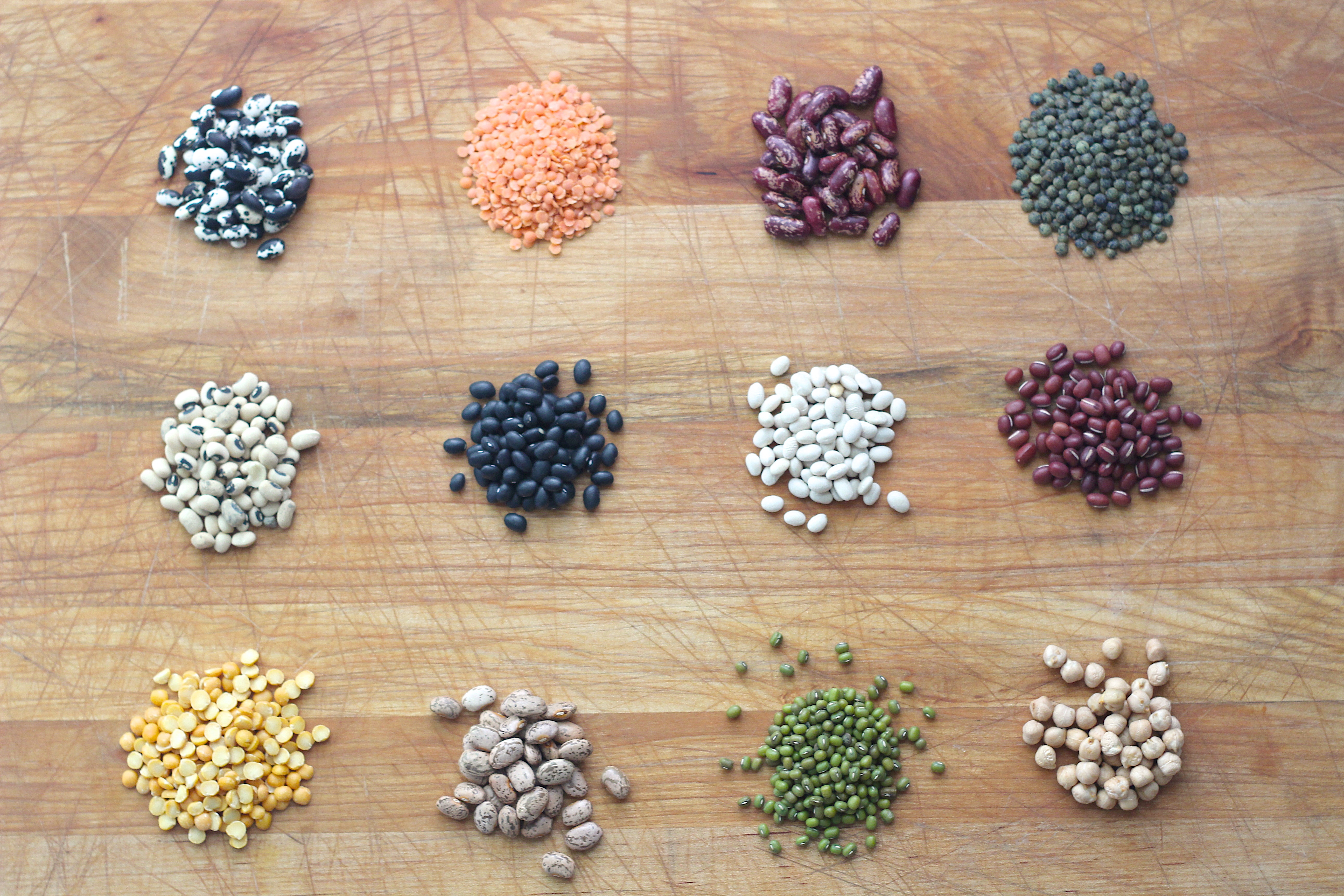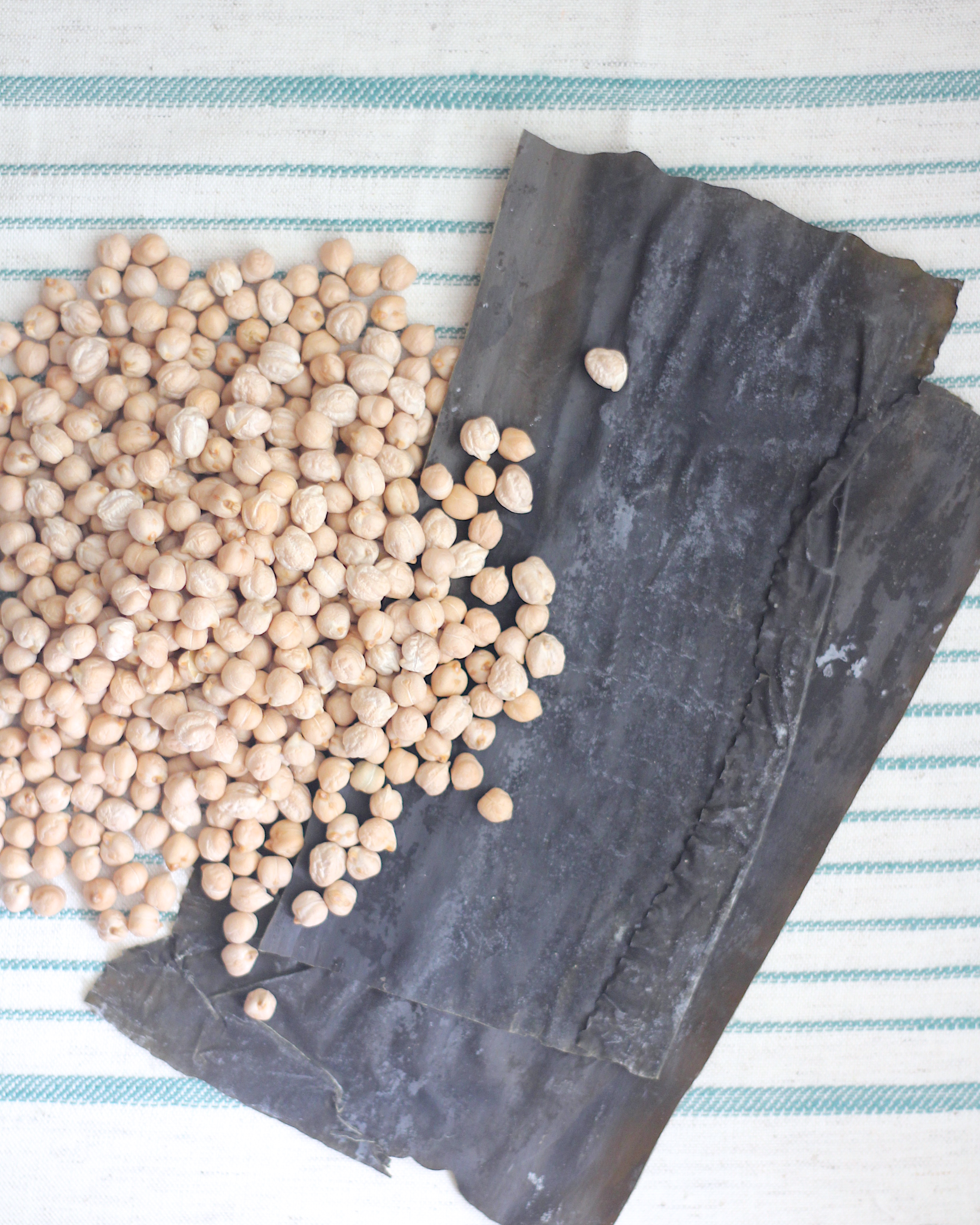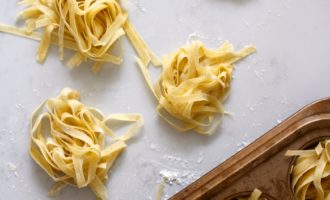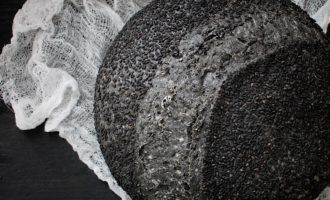Cooking beans 101
Beans. Don’t we all have a love-hate relationship with them? The love because they are so good for you! Depending on the specific type you eat you can get varying amounts of soluble fiber, protein, antioxidants, copper, folate, iron, magnesium, manganese, phosphorus, potassium, zinc, just to name a few. And the hate because, well, how do I approach this delicately? We all know the end result problem with beans, right? [cough, cough]
Ok, but do we know the cause of the problem? There are a couple of issues. First, our bodies don’t like to digest carbohydrates and proteins together, and beans are both at once. But the real problem is, yup you guessed it, phytic acid. (If you don’t know what that is, go here) Beans are another one of our favorite healthy foods that has this pesky little issue. And same as the rice I taught you how to prepare properly, there is a way around the phytic acid issue with beans. And seriously, I’ve noticed a difference since I’ve started preparing beans this way. It’s miraculous. And so much less awkward.
Ok, if you’ve been to my site before, you know that yes, we want to soak. But there are a couple of different schools of thought about this. Some say to soak the beans in very warm (140°F) water for 18 hours, others say lukewarm-warm water with an acidic medium for 8+ hours. And from my experience, the most successful has been to cover all of my bases by using lukewarm-warm dechlorinated water, the rice fermenting water in the same proportions as the rice when soaking, and my secret ingredient I found in my digging-deeper research: kombu.
Kombu is dried kelp that is used in practically everything in Japan, and you can find it in any Asian market or online. I always thought it was an aroma/flavor thing, and it is that, but it’s also super nutrient dense, and it even has a high amount of phytase. Phytase is the enzyme that breaks down phytic acid. So if you cook your beans with a piece of kombu, you won’t get bloated or gassy.
I know, right?!?! Are your minds thoroughly blown? I have been cooking my beans this way for a little while and have noticed a huge difference. And I will never go back. Don’t worry, you won’t get any off-flavors from the kombu. It’s super mild, and totally unnoticeable with the beans. And as always, my usual tip: cook double, freeze in batches, use whenever you need them. When you notice your freezer stash is low, start a new batch. I like to cook mine in the slow cooker, but for the general public, I’ve written up the stove top method. If you want to cook them in a slow cooker, cook them on high for 4-6 hours for bigger, long-cooking beans. Short cooking beans like lentils should be cooked on the stove.


- 1 pound dried beans, such as cannellini, kidney, pinto, black, adzuki, chickpeas
- 1/2 cup leftover fermenting liquid from rice or acid (fresh lemon juice or raw apple cider vinegar are best)
- Enough dechorinated water to cover the beans completely by 2 inches for soaking, and again for cooking
- 1 piece of kombu (roughly 6 inch square piece)
- 1 tablespoon sea salt
- 1 onion, peeled and quartered
- 3 garlic cloves, peeled and smashed with the side of a knife
- Place beans in a large bowl or pot. (beans can double in size, so make sure and choose a bowl large enough to accomodate) Add the fermenting liquid or acid and water. Make sure the water is covering the by at least 2 inches, possible more. Cover, and let soak at least 8 hours, or up to 24.
- Drain and rinse thoroughly.
- In a large pot, add the beans, 8 cups of water, kombu, onion and garlic, if using. Bring to a boil, then reduce to a simmer. Depending on the variety of beans you are using and the age of them, it can take anywhere from 15 minutes (lentils) to 3 hours (older kidney beans). They will cook at an uneven rate, so make sure and check multiple beans (3-5) frequently to test for doneness. They are cooked perfectly when they mash easily with a fork, but don't collapse when you scoop them out of the cooking liquid.
- Once cooked, turn the heat off, carefully remove the piece of kombu, onion, and garlic pieces, and add salt. Let the salt steep with the beans for at least an hour.
- Adding salt too early can inhibit even cooking, so it's recommended to add salt later.
- Once done cooking and steeping with the salt, drain and rinse the beans and freeze in 1-2 cup portions for quick meals later.
Comments
- Walnut Hummus - Scratch Eats - […] week I showed you how to cook beans properly to maximize nutrient absorption and eliminate the awkwardness that comes…
- White Bean, Avocado, and Kale Salad - Scratch Eats - […] And I won’t talk (write? type?) your ear off today. I’ve pretty much covered the whole how to cook…
- Loaded Salsa - Scratch Eats - […] And I make it differently every time. But since we’re talking about what to do with those beans you…
- Dashi (two ways) - Scratch Eats - […] favorite thing, it’s high in phytase, the enzyme that breaks down phytic acid. Which is why I add it…
- Black Beans and Soaked Brown Rice - Scratch Eats - […] slow cooker and rice cooker and leave. (If you don’t have a rice cooker or slow cooker, look here…
- Sprouted Black Lentil and Walnut Burgers - Scratch Eats - […] found in the bean itself. Specifically, phytic acid. I talk about it in a lot more detail in a…
- Meatless Okinawa Taco Rice - Scratch Eats - […] learn how to cook beans properly, look here. For brown rice, go […]





